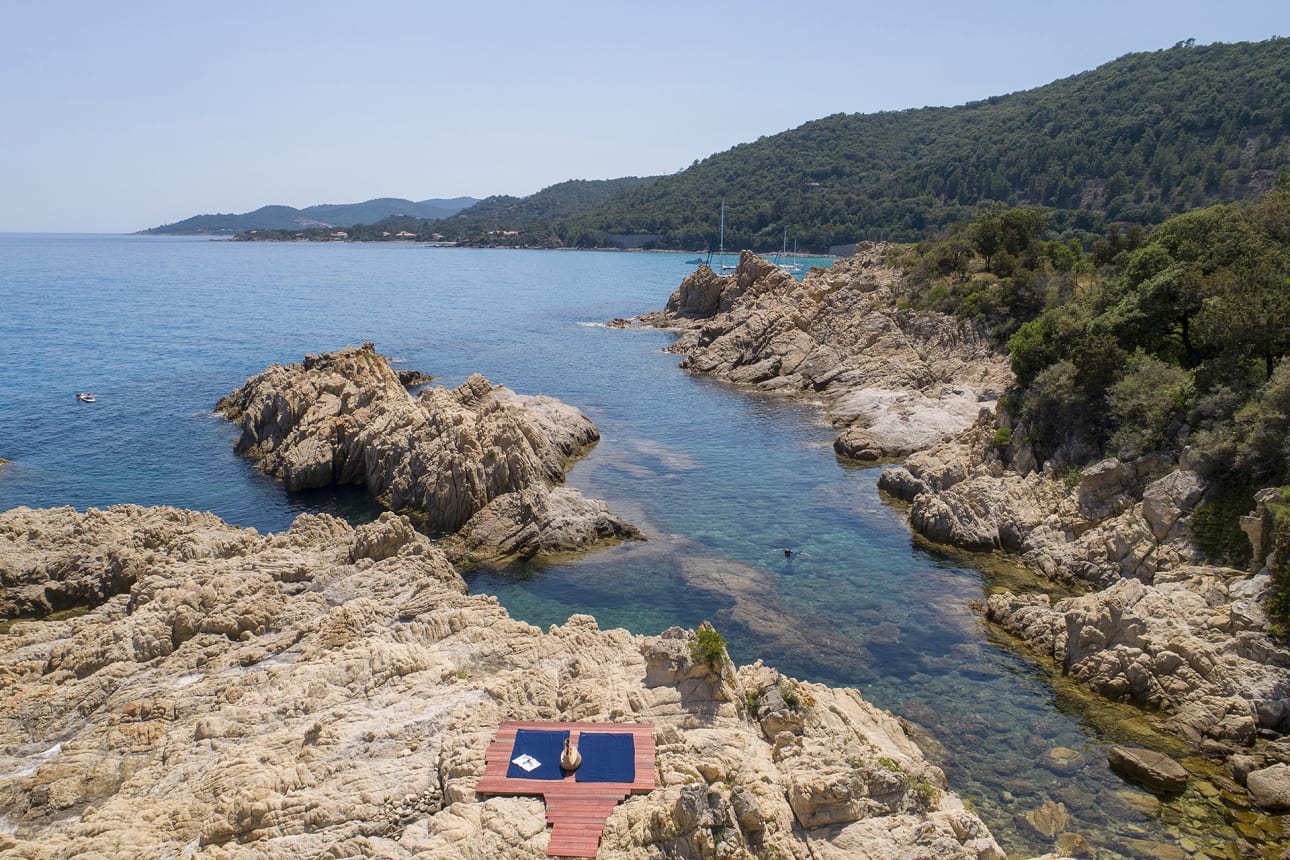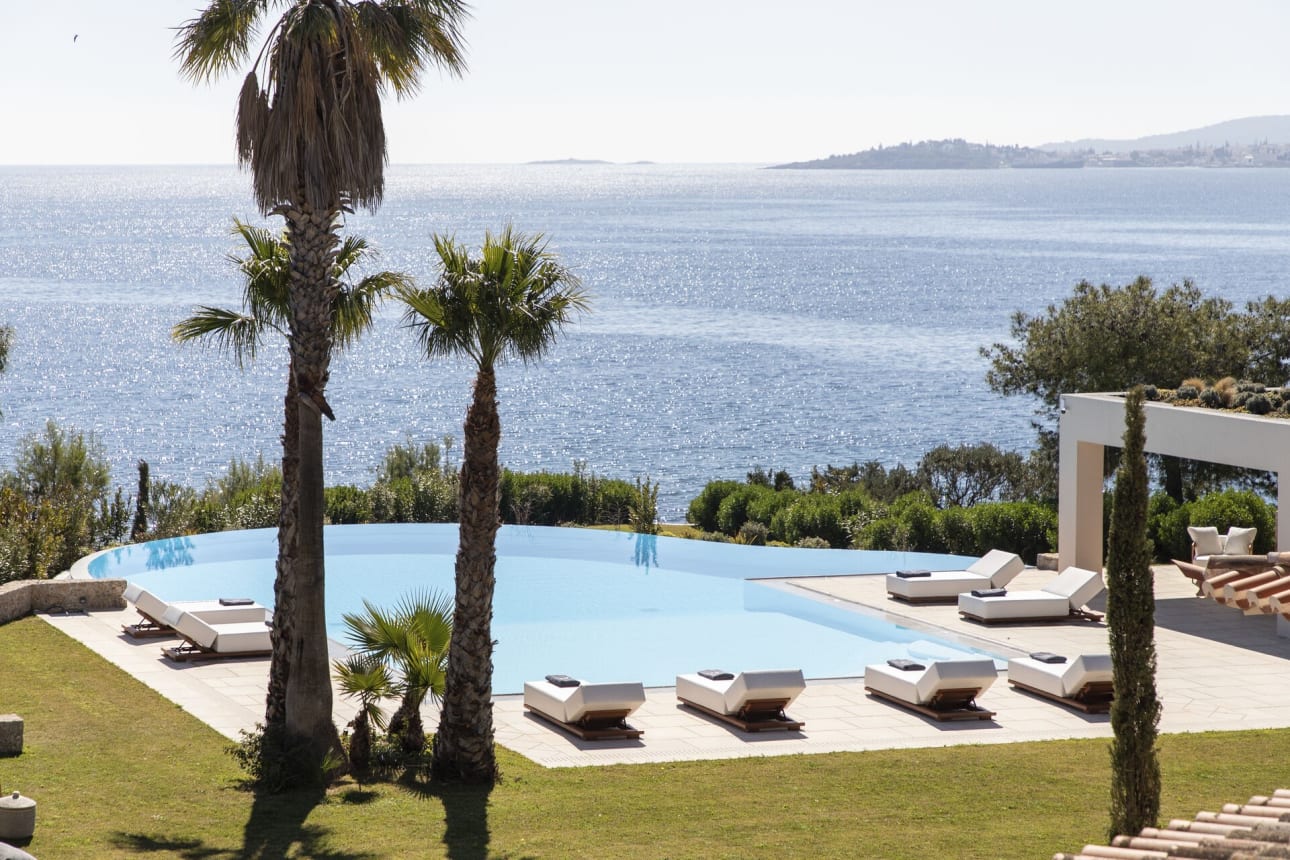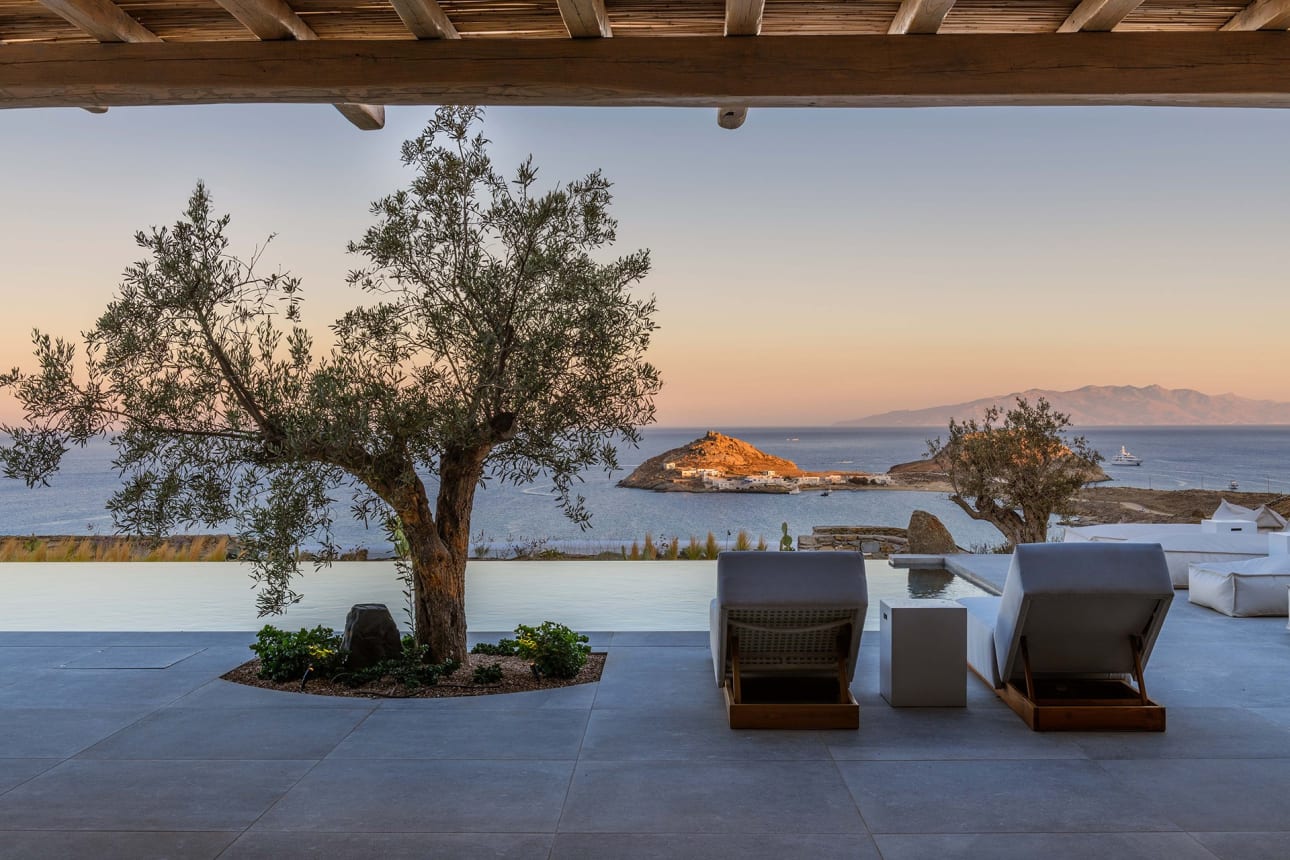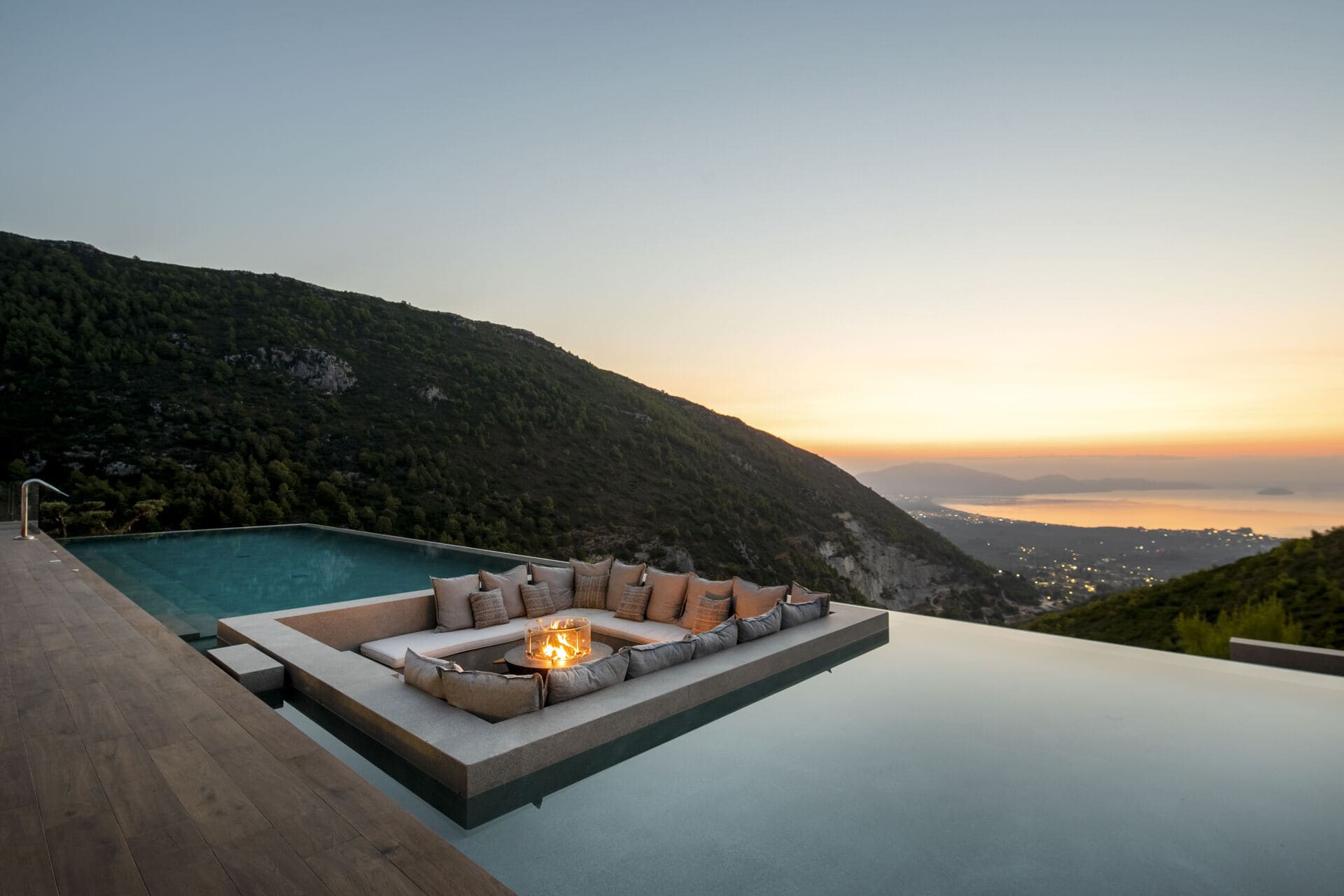Our guide to the most picturesque towns in Salento, Italy

Nestled in the southernmost part of Puglia, the Salento Peninsula is a captivating region known as the "stiletto" of Italy's boot. Salento separates the Adriatic Sea from the Ionian Sea, creating a unique environment shaped by centuries of migration, conquest, and tradition.
Today, Salento is home to hundreds of sleepy villages and small towns whose origins are rooted in this hinterland migration. A great many are worth a visit for their history, their traditions and their authentic, peaceful atmospheres. Here are a few of our favourites.

Scorrano
Although dating back to Roman times, Scorrano only really came into its own under the Normans, when Tancredi d’Hauteville, grandson of King Roger II of Sicily, incorporated the town into his Duchy of Lecce.
After the Norman line died out, Scorrano passed from one dynastic family to another and by the 16th century it was prospering as a strategic crossroads in southern Salento, a centre point between Otranto to the east, Gallipoli to the west, Lecce to the north and Leuca to the south.
From the 16th to the 18th century, the town’s wealth reached its zenith, as is evident from the numerous churches and aristocratic palazzi that date from this period. The old town centre is oval in shape, delimited to the east by Piazza Vittorio Emanuele II and Via Maria d'Ungheria, and to the west by Via Marco Emilio Scauro and Via Sindaco Gian P. In between is a weave of streets that is a pleasure to stroll around. Cutting from east to west, and culminating at Porta Terra, the 15th-century fortified city gate, is Via Umberto, home to the town hall square and an early 19th-century clock tower.
Arguably the most important street, however, is Largo Frisari. Here, next to our very own Palazzo Ducale Guarini, an impressive 14th-century aristocratic residence, is the 16th-century Chiesa di Santa Domenica, dedicated to the town’s patron saint. Santa Domenica's feast day, on 6th July, is cause for much celebration in Scorrano, and for three days each year (from 5th-7th July) the locals put on a truly magnificent display of illuminated wooden constructions, called parazioni or luminarie. If you’re in the area, don’t miss it!
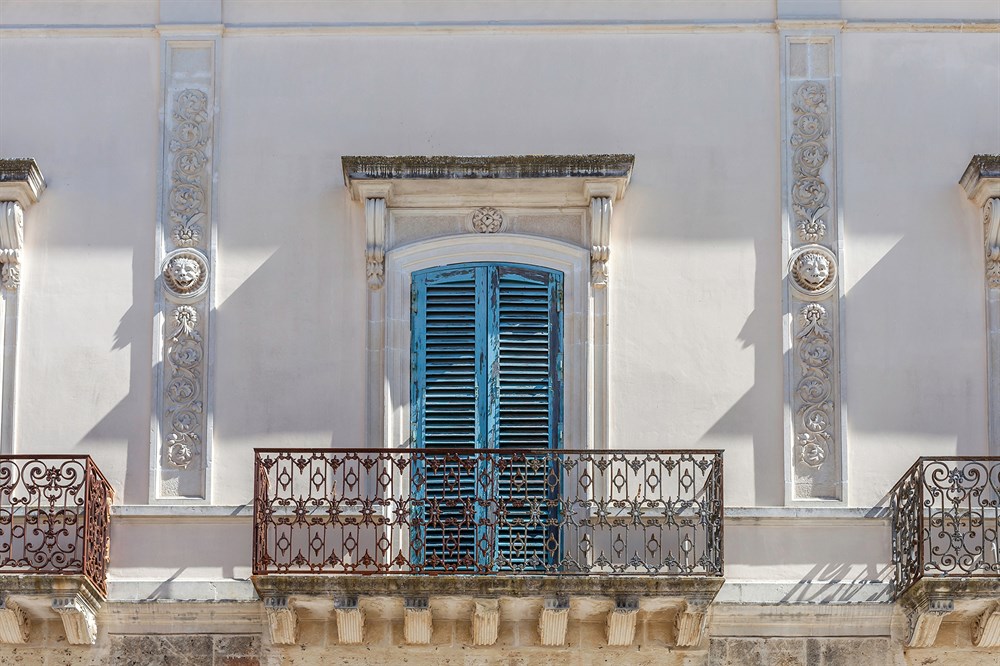
Castrignano del Capo
Situated just a few kilometres inland from Santa Maria di Leuca and the southernmost tip of Puglia, Castrignano del Capo is a classic example of a “new town” built at a safe distance from the sea. Indeed, its founding inhabitants were citizens of Vereto, whose village had been destroyed by Saracen raiders in the 10th century.
The old centre, whose mediaeval roots are evident from its labyrinthine streets, is known as Borgo Terra. Here you will find characteristically Puglian whitewashed houses, underground olive presses frantoi ipogei, and a couple of fine aristocratic palazzi, including the 15th-century Palazzo Fersini and the late 18th-century Palazzo Muzi, with its lovely courtyard. Now home to a good restaurant and bar called Retrò, Palazzo Muzi has a history of hospitality, with Joseph Bonaparte, Napoleon’s elder brother, its most illustrious guest.
There are a number of churches, the most significant of which is the robust mid-18th-century Chiesa di San Michele Arcangelo, with its fine wooden sculpture of Archangel Michael and an impressive organ, built in 1751. The church looks out over a picturesque little piazza and a column topped with a 19th-century statue of the Archangel, who, as you might have guessed by now, is the town’s patron saint.
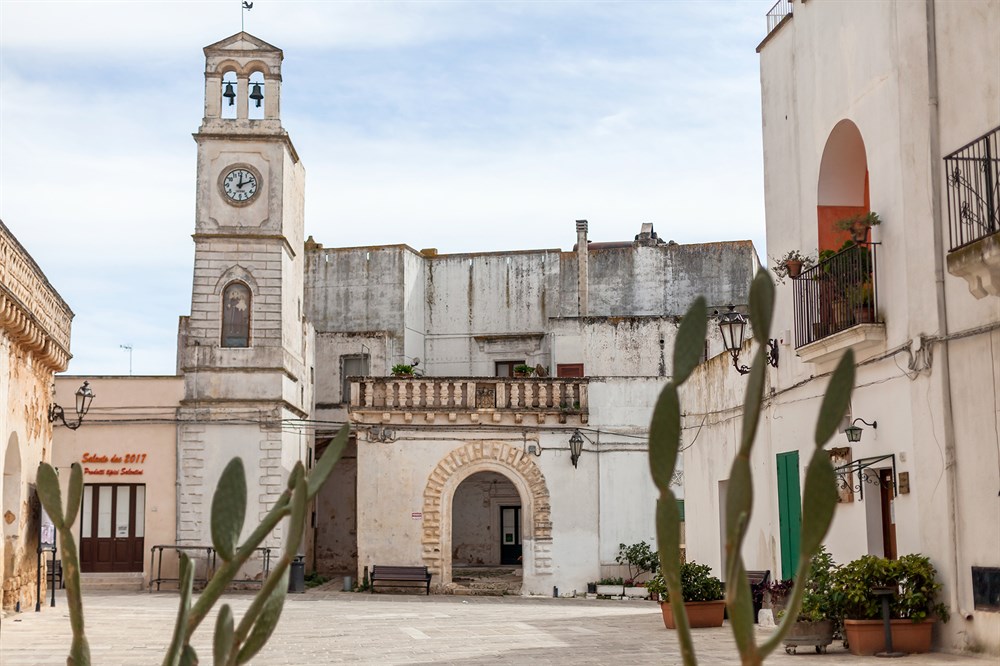
Felline
Felline has a slightly different story to the other towns and villages in this list. It was founded in the 3rd century AD and was a relatively important ceramics-producing centre in Roman times. With the decline and fall of the Roman Empire, however, the town fell into decline and was frequently at the wrong end of sea-borne aggression. Many of its residents moved away, but the good times were to return when the Bonsecolo family arrived in the 12th century.
They set about building an imposing castle with four impregnable towers (two square and two circular) and a balconied façade. The charming piazza it overlooks comes alive in the summer months when restaurants and bars spill out onto its ancient flagstones.
Strolling around the old centre, you will come across a few extant sections of the original mediaeval walls, the original communal bread oven, and a variety of churches. The only part of the 14th-century Chiesa di Santa Sofia to survive is its apse, whose triptych of frescoes are still visible. Grand in comparison is the mother church, a 16th-century renaissance affair, home to a series of fine paintings, some of the Flemish school, and an impressive multi-coloured altar in Carrara marble.
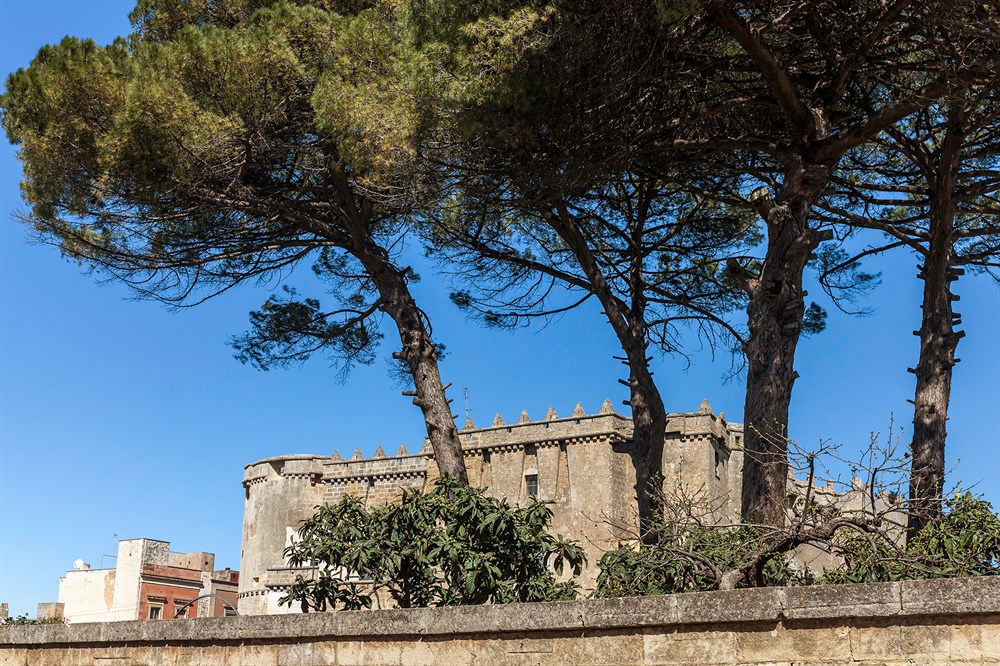
Morciano
Sitting just 2.5km inland from the gorgeous sandy beaches of Torre Vado and Pescoluse, Morciano di Leuca has similar origins to Castrignano del Capo, in that it was founded in the 10th century by refugees from the sacked village of Vereto. At its centre stands the early 14th-century Castello Castromediano–Valentini, an imposing mass designed to withstand serious sieges.
Around the castle are a series of churches, each with its own interesting characteristics and history. The pick of the bunch are the late 16th-century Chiesa Madre di San Giovanni Elemosiniere and the Chiesa del Carmine, whose curvaceous baroque façade belies the church's late 15th-century origins. Also of historical note is the Cappella della Madonna di Costantinopoli, dedicated to the Virgin Mary and her contribution to the defeat of the Turkish fleet at the Battle of Lepanto in 1571.
Morciano was once an important centre of olive oil production and under the town is a network of around 18 subterranean olive presses (frantoi ipogei). One, Frantoio Ipogeo Cacciatore, is open to the public and gives a fascinating insight into the area’s history. Dating back to the 1400s, the press is thought to have functioned right up until the 1800s.
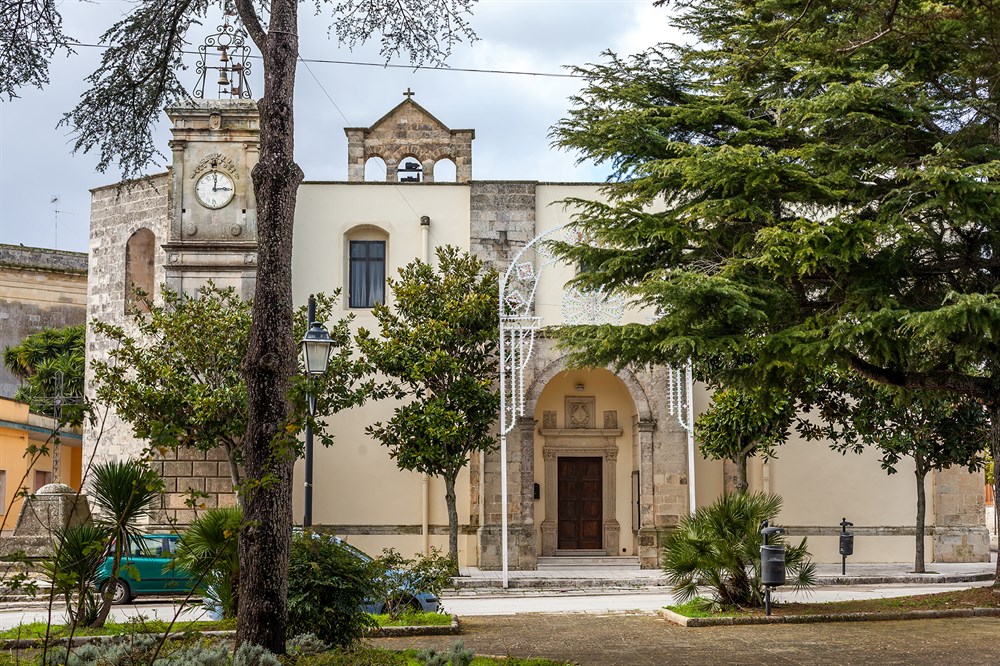
Specchia Gallone
The history of Specchia Gallone is neatly summarised by its name: in Italian, specchia refers to a rudimentary stack of stones constructed to function as a watchtower; Gallone, meanwhile, is the name of the aristocratic family that ruled the village for centuries.
Sitting 112m above sea level and looking out over the Adriatic, Specchia Gallone’s primary function was to alert nearby Otranto when Ottoman or Barbary pirate ships appeared on the horizon. It also provided a safe haven for those living on the coast, who, after centuries of attacks, wished for a more peaceful existence.
Today, it is a gentle place, home to just a few noble palazzi (including our very own Palazzo Colucci) and a couple of churches, including the 13th century Capella di Sant’Anna, with its impressive frescoed walls, and the early 17th century Chiesa di San Biagio.
If you’re hungry or thirsty on the way to or from Otranto, you could stop off in Specchia Gallone at the craft beer bar and restaurant "Uccera Birra & Cucina" or Mr Caroppo’s bakery, which, apart from making delicious bread and cakes using his own flour, also functions as a trattoria.
Eager to explore more of the enchanting Salento? Whether you’re drawn to its rich history, stunning landscapes, or the allure of its tranquil towns, there’s so much more to discover. Our Villa Specialists are here to help you craft the perfect Italian getaway. Speak with them today or browse our collection of luxury villas in the Salento.
.jpg)
